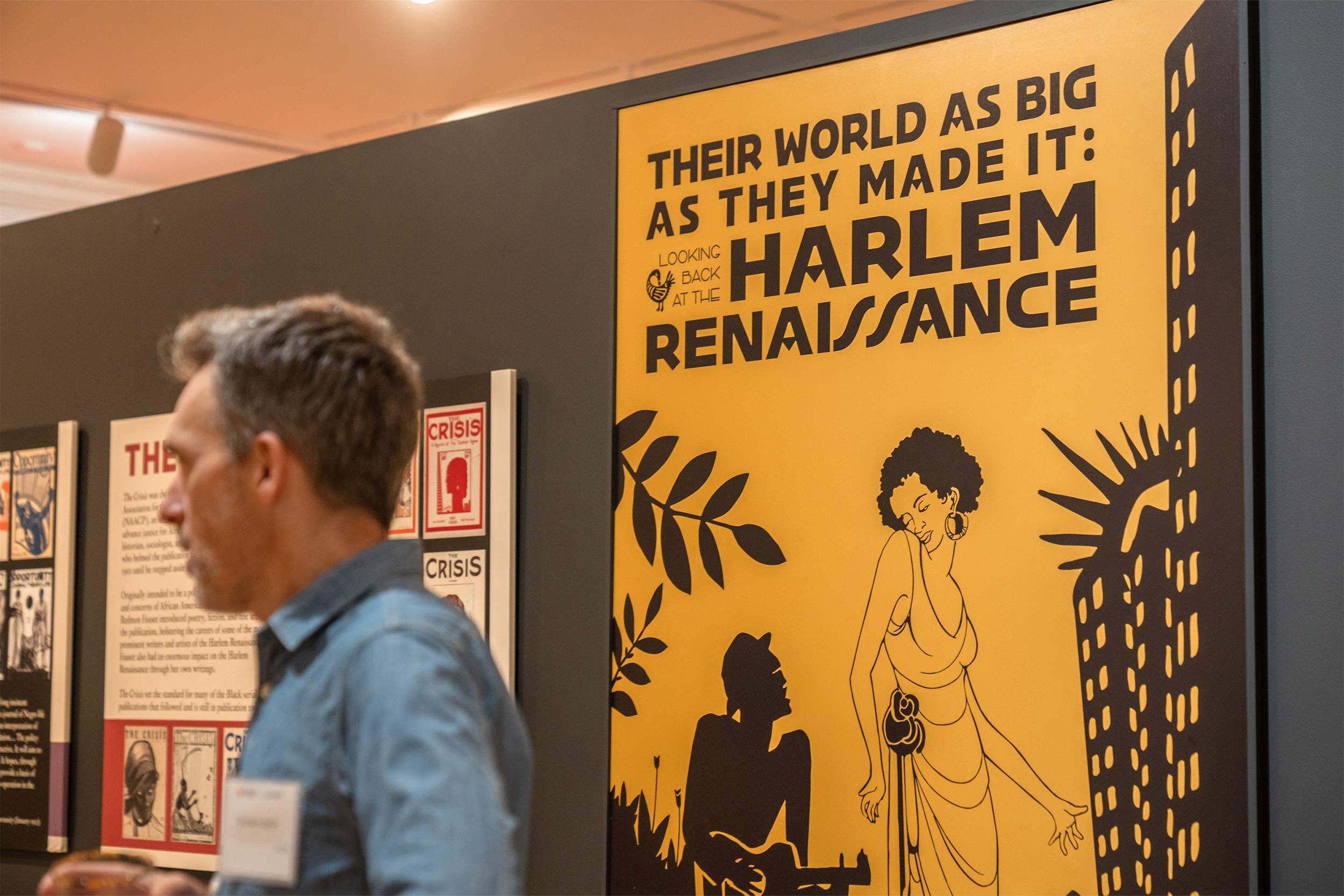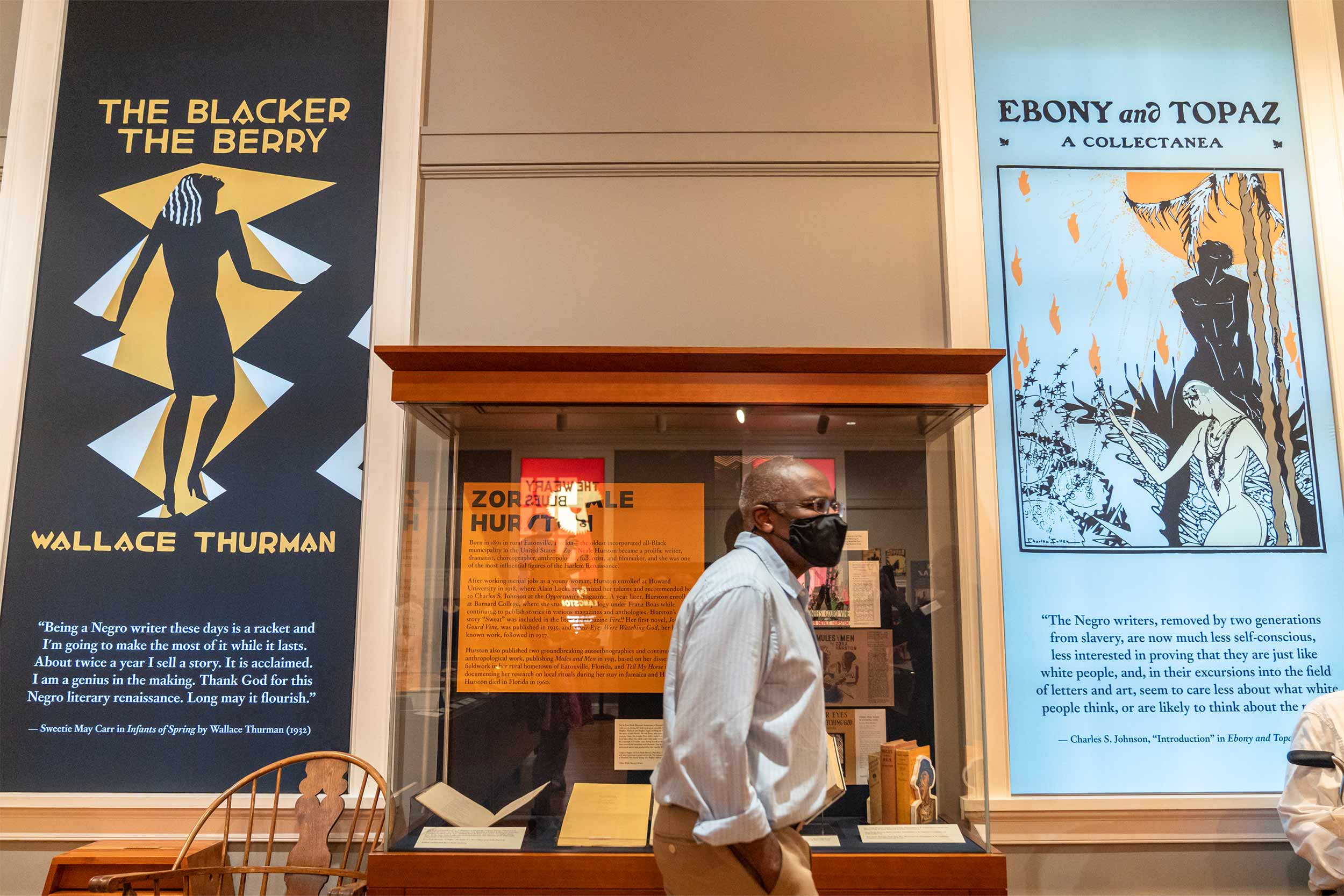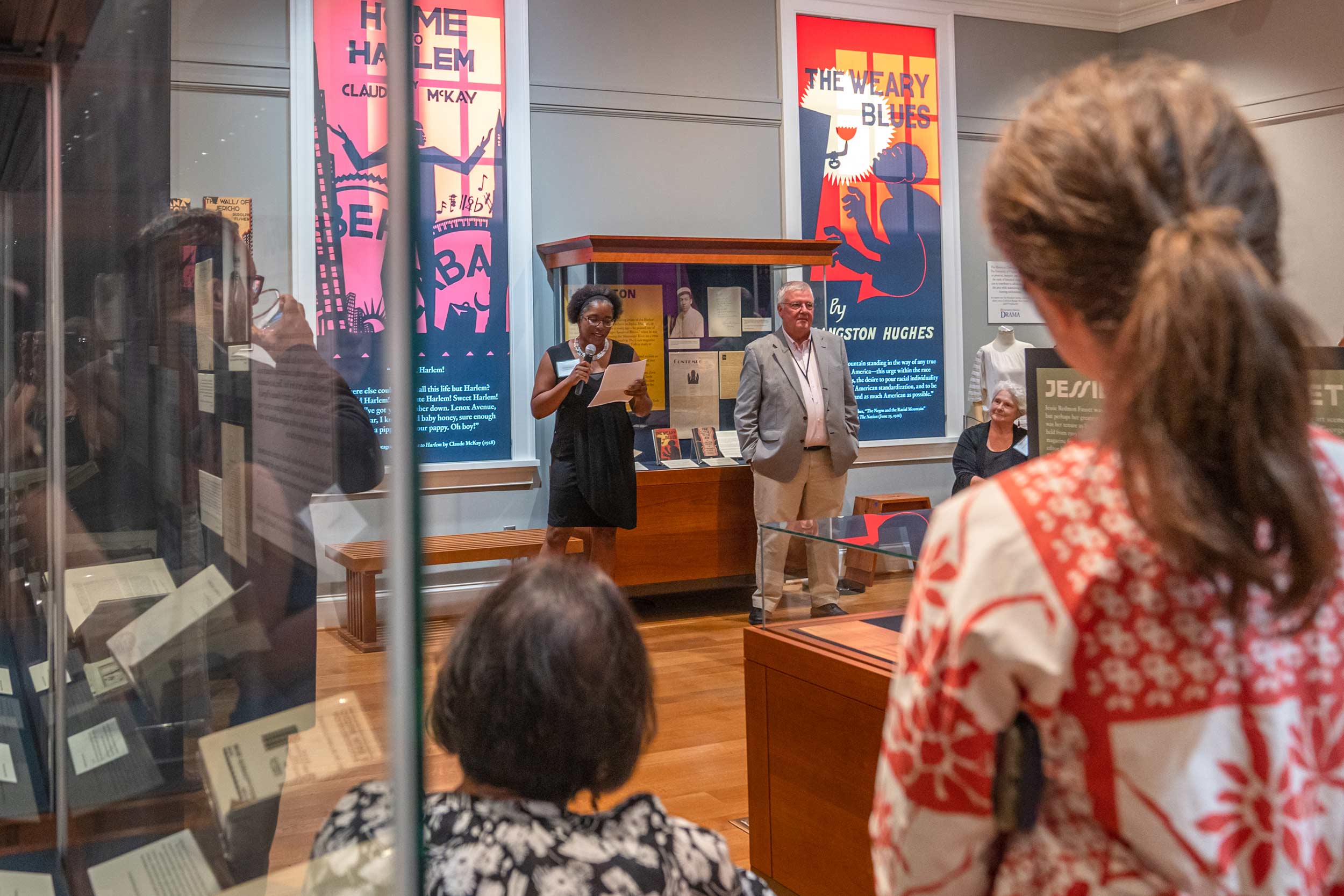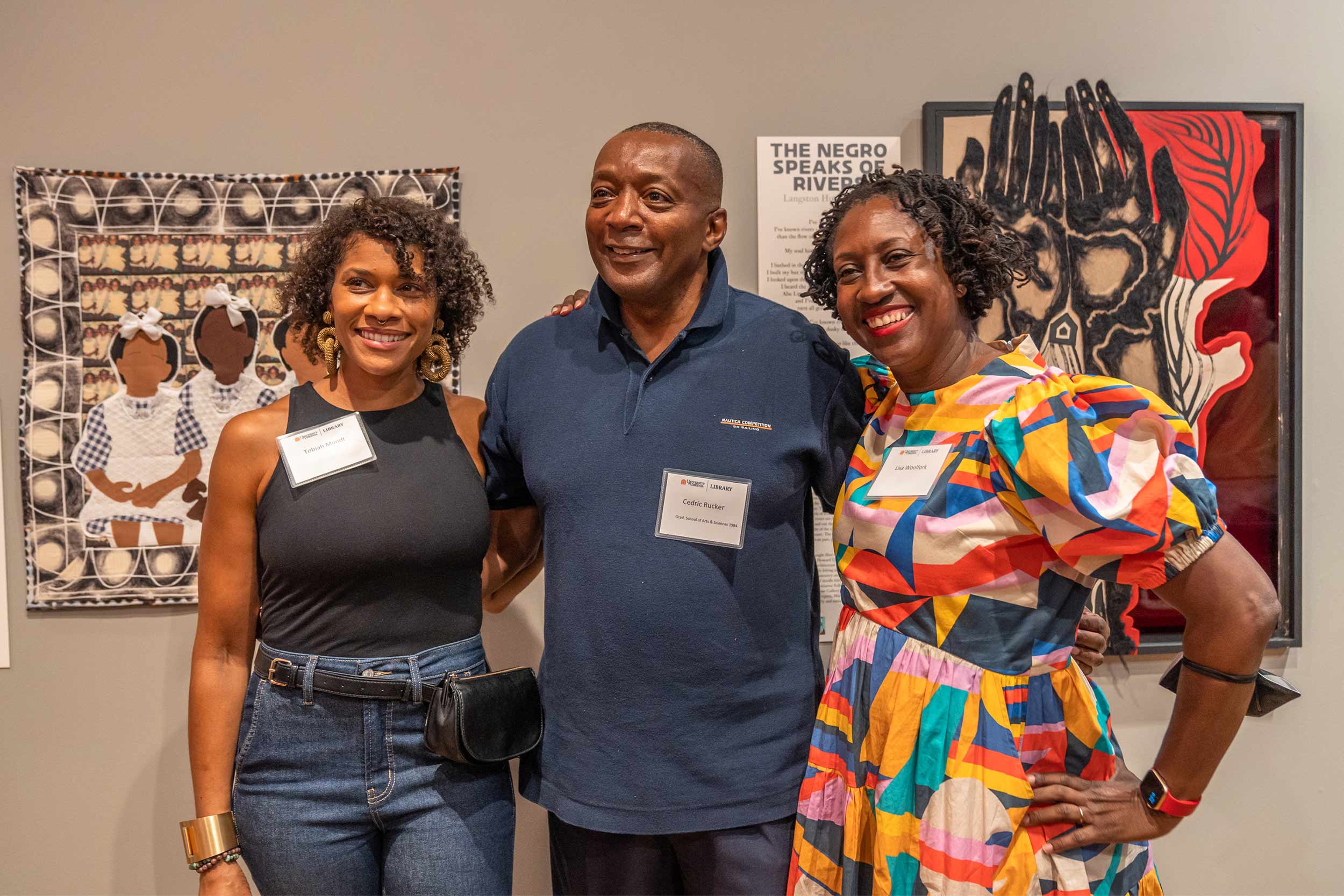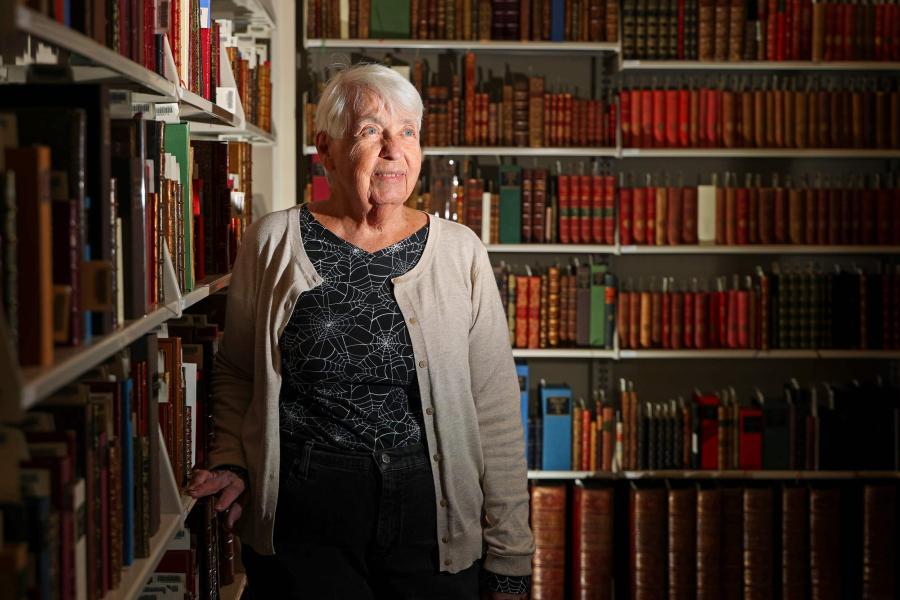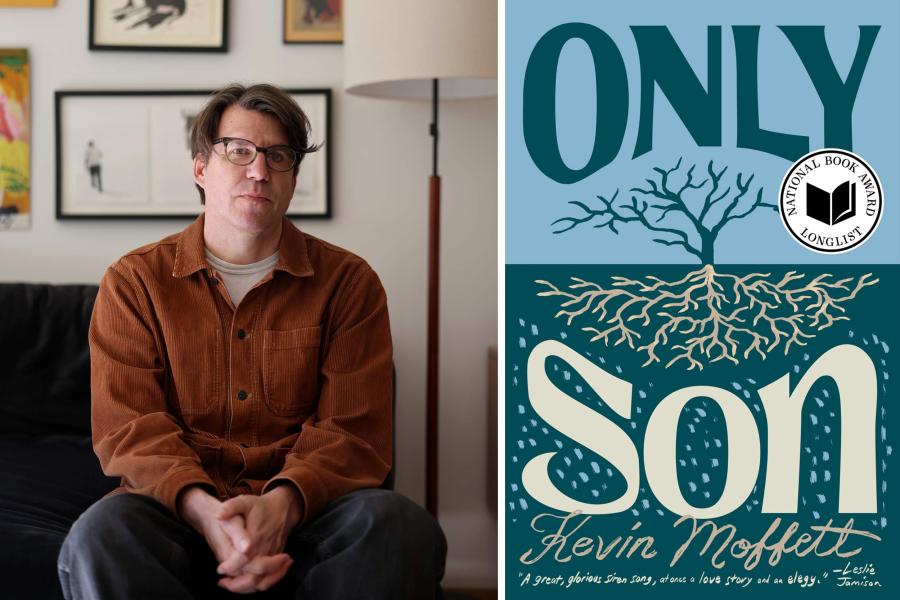The Harlem Renaissance has come to the University of Virginia’s Grounds.
“Their World As Big As They Made It,” an exhibition at the Albert and Shirley Small Special Collections Library, opens to the public on Wednesday.
It examines the works in the period of Black artistic and intellectual activity centered in a New York neighborhood. The Harlem Renaissance began in the early 1900s as racist violence and diminishing economic opportunity pushed Black Southerners to head north in a movement known as the Great Migration.
“These young people, like Zora Neale Hurston, Wallace Thurman, Gwendolyn Bennett … their approach was, ‘We’re not going to try to aspire to white person standards. We’re not going to try to aspire to the Black middle-class standard. We’re fine being Black,’” George Riser, chief exhibition curator, said.
